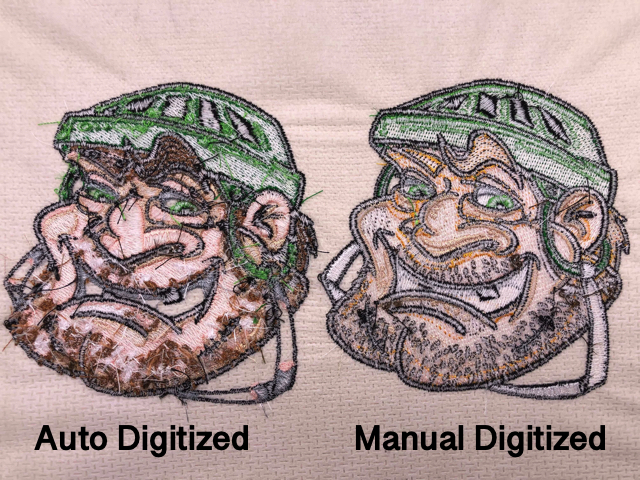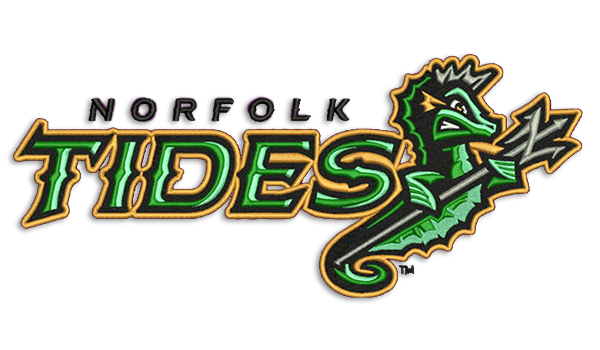Budget Friendly Digitizing for Embroidery: Accuracy and Detail
Budget Friendly Digitizing for Embroidery: Accuracy and Detail
Blog Article
Streamlining the Art of Embroidery Digitizing: Step-by-Step Overview
As modern technology continues to advancement, the digitization procedure has come to be more easily accessible, enabling lovers to bring their intricate layouts to life with ease. In this overview, we will unravel the intricacies of needlework digitizing, breaking down each action carefully to simplify the process and empower both novices and seasoned embroiderers alike.
Comprehending Needlework Digitizing Software
Needlework digitizing software program works as a critical device for transforming elaborate designs right into digital formats suitable with embroidery devices, helping with accurate sewing and personalization. This specialized software application permits users to import different picture data styles, such as JPG or PNG, and convert them into needlework machine-readable formats like DST, EXP, or PES - Digitizing for Embroidery. By using features like stitch editing, padding alternatives, and string color selection, digitizing software makes it possible for customers to regulate every aspect of the design process
Furthermore, advanced embroidery digitizing software program uses tools for developing intricate styles, adjusting stitch density, and incorporating intricate details. Individuals can also preview the style before stitching it out, guaranteeing precision and decreasing errors. Furthermore, many software programs provide automated functions that aid enhance the digitizing process, conserving time and initiative.
Understanding the capacities of embroidery digitizing software is necessary for achieving top notch cause embroidery tasks. By mastering this device, needlework fanatics and experts can release their creative thinking and bring intricate styles to life with precision and efficiency.

Choosing the Right Style Data
After acquainting on your own with the capacities of needlework digitizing software application, the following critical action in the process is choosing the right layout apply for your project. Digitizing for Embroidery. When choosing a style data for needlework digitizing, it's necessary to think about the intricacy of the design, the size of the end product, and the sort of textile you will be functioning with
For complex styles with fine details, a high-resolution photo or vector documents is recommended to make certain that the embroidery device can precisely duplicate the layout. Furthermore, the size of the final item plays a significant function in picking the ideal layout file. Bigger layouts might call for greater resolution documents to keep clarity and intensity.
In addition, the type of textile you will be embroidering on influences the selection of layout file. Various textiles may need changes in the layout file to guarantee that the stitches are appropriately aligned and the style looks like planned. By very carefully picking the best layout file based upon these variables, you can set on your own up for an effective embroidery digitizing process.
Digitizing Devices and Methods
Utilizing specialized software application and precision techniques, digitizing devices are essential in changing detailed designs into embroidery-ready documents. Embroidery digitizing software application, such as Wilcom, Hatch, or Embrilliance, gives the required system to transform art work into stitch data. These programs provide attributes like stitch editing, rug alternatives, and text devices to ensure the design translates flawlessly onto textile.
Among the key techniques in digitizing is creating a clear path for the needlework machine to follow. This entails digitizing each aspect of the style with accuracy, figuring out stitch kinds, densities, and directions. By making you can find out more use of devices like digitizing tablets or software-specific plugins, embroiderers can achieve a high level of accuracy in their digitized designs.
Furthermore, grasping the art of rug stitching is critical for generating quality needlework. Underlay stitching maintains the fabric and develops a foundation for the layout, making certain that the final product is both visually enticing and lasting. By recognizing these digitizing tools and techniques, embroiderers can boost their craft and bring complex styles to life with precision and effectiveness.
Tailoring Stitch Kinds and Instructions
The choice of stitch types can considerably influence the overall look and appearance of the stitched design. By tactically integrating these stitch types, embroiderers can attain deepness and dimension in their styles.
In addition, the direction of stitches plays a vital duty in More Bonuses boosting the aesthetic allure of the last needlework. Numerous stitch instructions can add appearance, highlight particular components, and create visual passion. Altering the angle of stitches can imitate activity or natural patterns like fur or plumes. By trying out different stitch angles and patterns, embroiderers can bring their styles to life with exceptional information and details. Mastering the art of tailoring stitch types and directions encourages embroiderers to unleash their creativity and raise the high quality of their job.
Testing and Refining Your Digitized Design
To make sure the accuracy and high quality of your digitized style, extensive screening and improvement are essential action in the needlework digitizing process. When you have finished the digitization of your layout, it is essential to evaluate it prior to continuing with the actual embroidery. Evaluating enables you to identify any prospective issues such as thread breaks, sew thickness problems, or style distortions that might influence the last result.

After testing, it is essential to refine your digitized design based on see here now the responses from the test sew-out. This might entail tweaking sew settings, adjusting densities, or making modifications to the overall layout to accomplish the desired outcome. By repeating with screening and refinement, you can adjust your digitized layout to excellence before relocating ahead with the actual needlework process.
Verdict
Finally, understanding the art of embroidery digitizing calls for an extensive understanding of the software program, picking the ideal style data, utilizing digitizing devices and strategies, tailoring stitch kinds and directions, and screening and fine-tuning the digitized design. By following these actions, embroiderers can streamline the digitizing procedure and create top quality embroidered layouts with precision and effectiveness.
Report this page